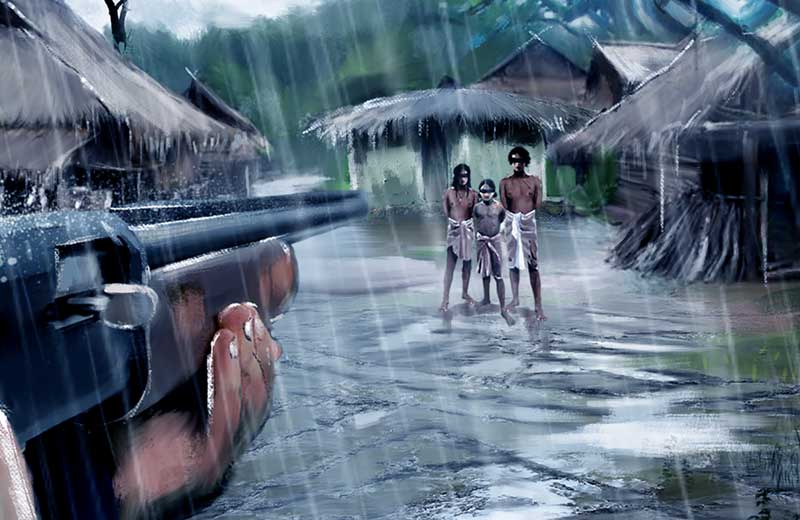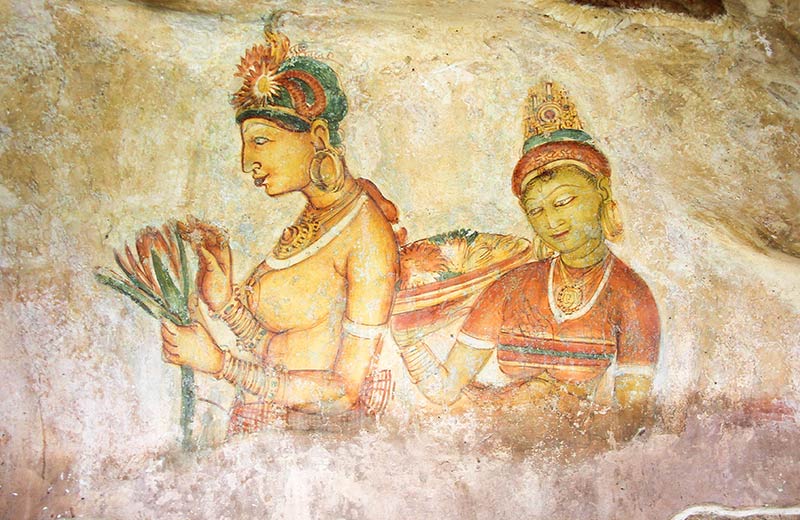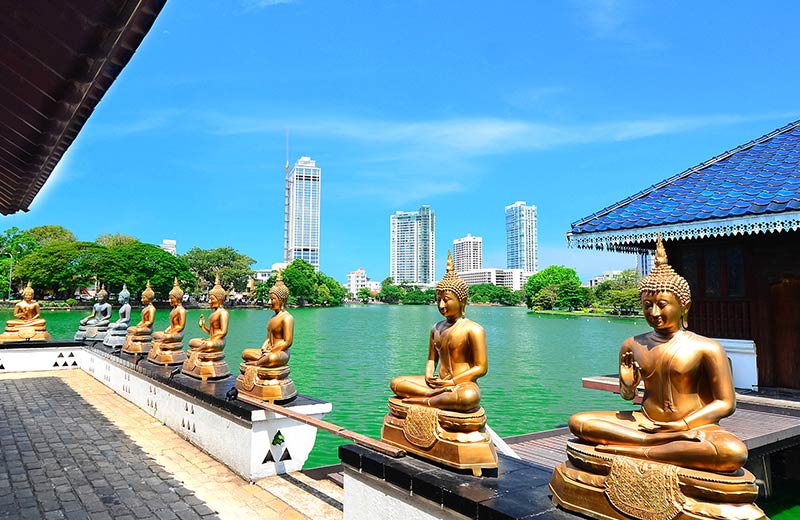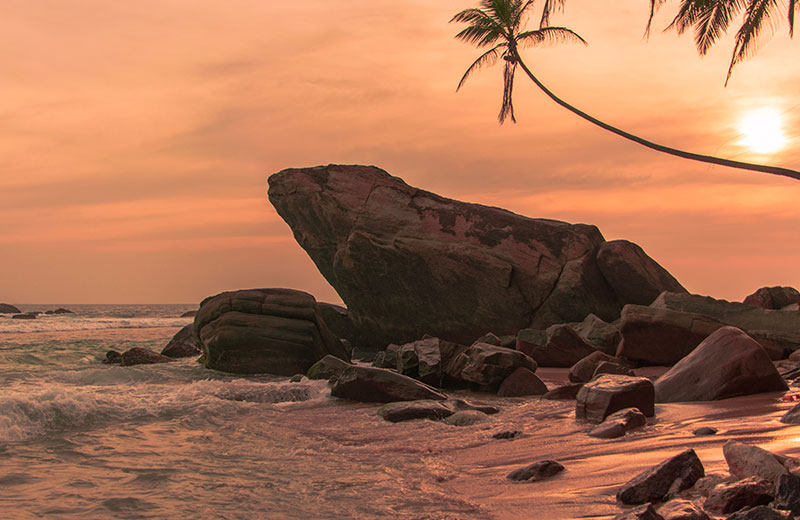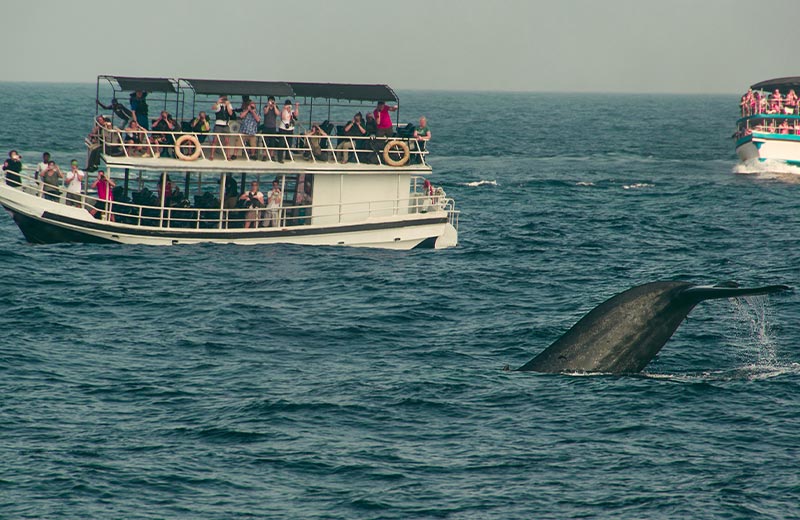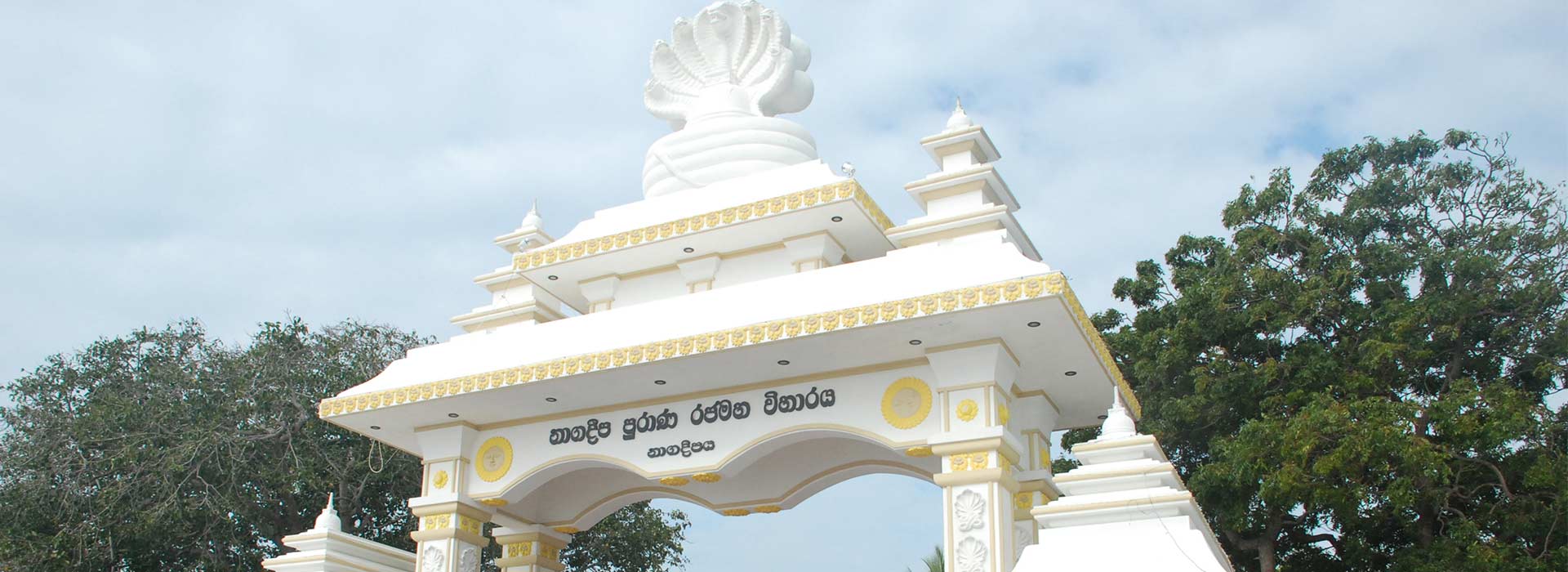Wisdom of The Enlightened One Turns the Tide of Fate
An ancient tribe lies on the brink of extinction over a family dispute. A benevolent and enlightened being takes compassion on them and intervenes with a message of peace and forgiveness.
Long ago, Sri Lanka was a tribal society in which four prominent clans – namely the Yaksha, Nagas, Raksha, and the Deva clans – ruled over certain domains of the island. Many of these clans occupied the southern territories of the island, except for the Nagas, who occupied the northern city of Jaffna, in addition to Kalpitiya and Kelaniya on the west coast.
The Ancient Naga Clan
The chronicle of the Mahavamsa claims that the Naga clan inhabited the city of Jaffna and its surrounding islands, dividing the lands fairly among themselves in a peaceful manner for many years. However, in the 6th century BC, two dominating Naga clans were on the brink of all-out war. The situation would have become bloody if not for divine intervention which showed the clans an enlightened path to resolve their conflict.
The Naga clan are depicted as indigenous people who were primarily snake worshippers and had the miraculous gift of changing form at will. The Nagapushani Amman Kovil in the island of Nagadeepa is a symbol of the faith they followed.
A Tribe on the Brink of Extinction
During the 6th century BC, the lands of Jaffna were on the verge of becoming a battle ground. This was a result of two Naga kings asserting their right over priceless artefacts, which supposedly included precious jewels and a throne studded with rare gems. The two warring kings were believed to be the last of the main Naga clan, which meant complete extinction of the Naga clan if they were to resort to war.
The kings – Mahodara and Culodara – were both of noble birth. King Mahodara was believed to have magnificent powers and was the foremost ruling authority of Jaffna. Culodara was the nephew of King Mahodara, and the ruler of the kingdom in Kalpitiya. All was well until the mother of young Culodara passed away and the inheritance of a magnificent throne which had been passed to her by her father was disputed between nephew and uncle.
Legend states that the enlightened Gautama Buddha heard about this dispute while he was at Jetavana in India and left for the island of Nagadeepa to help resolve it.
The Enlightened One Preaches Compassion
The Lord Buddha arrived in Nagadeepa and preached the spiritual doctrine of Buddhism, and how compassion and forgiveness was the way to prosperity. The warring Naga leaders came to the realization that their greed led to the near destruction of their entire clan and decided to put the conflict behind them. They eventually gifted the disputed gem-studded throne to the Lord Buddha.
The Naga royals were moved by the compassionate teachings of the Buddha. Mahodara’s uncle Maniakkhika of the Naga kingdom in Kelaniya is documented in the Mahavamsa as venerating the Buddha saying, “Great is the compassion that thou hast shown us here, O Master! Hadst thou not appeared we had all been consumed to ashes. May thy compassion yet light also especially on me, O thou who art rich in loving-kindness, in that thou shalt come yet again hither to my dwelling-country, O thou peerless one.”
Once peace was established between the Naga clans, the Rajayatana tree was planted on the very spot as a memorial, and the Lord Buddha returned the throne to the Nagas, who created a sanctum where they would come together and pay homage for years to come. It is believed that the current Nagadeepa Purana Viharaya and the Rajayatana Stupa are in the place where the tree and the throne were placed long ago. The site is a designated Solosmasthana (one of the 16 sacred places the Lord Buddha visited during his visits to Sri Lanka). Every year many devotees from around the country come to Nagadeepa to perform rituals during the Bak Maha Amawaka Poya Day.
This is but one of many tales featuring the wisdom and compassion of the Lord Buddha and how he helped the people of Sri Lanka during his lifetime.
